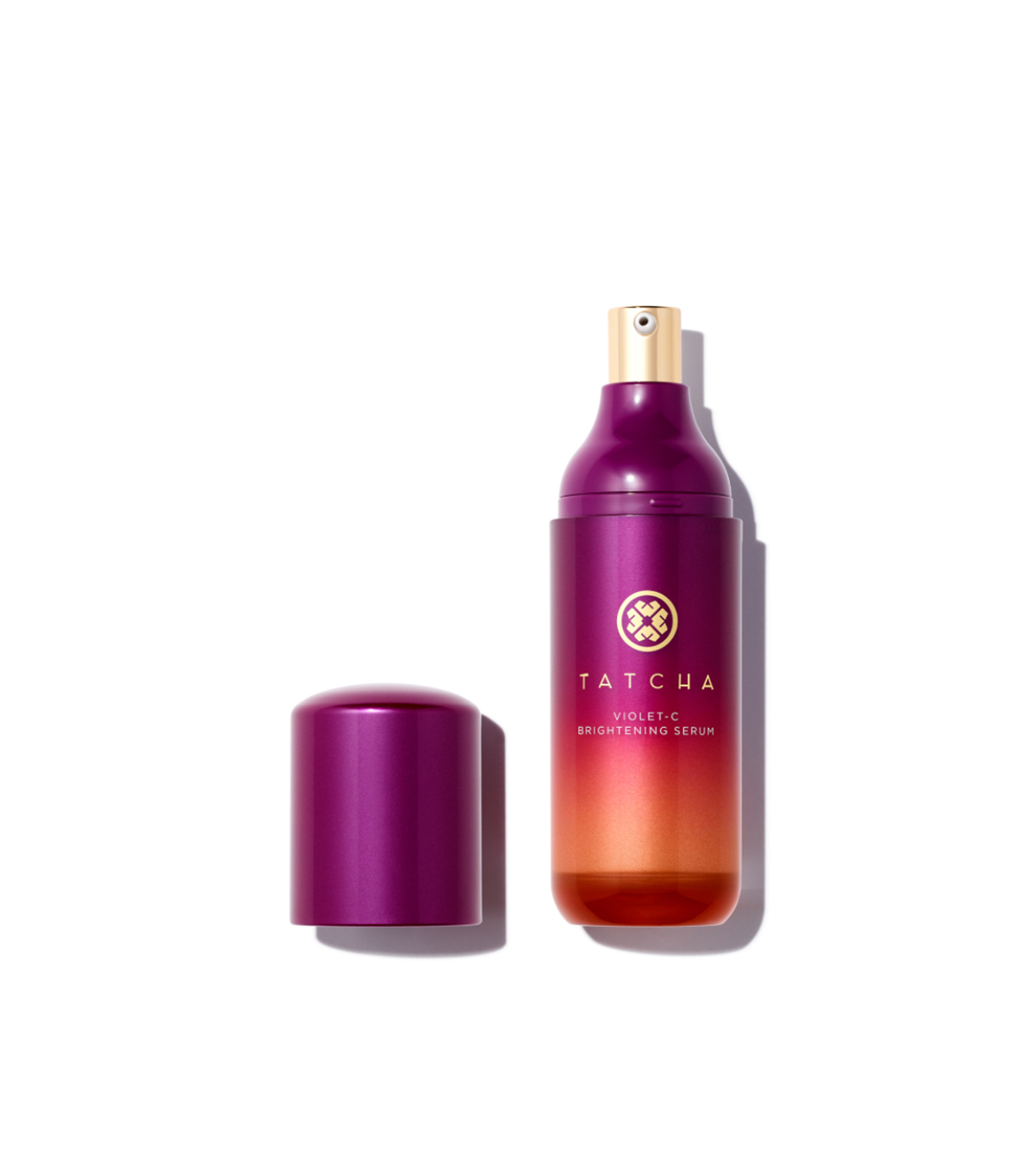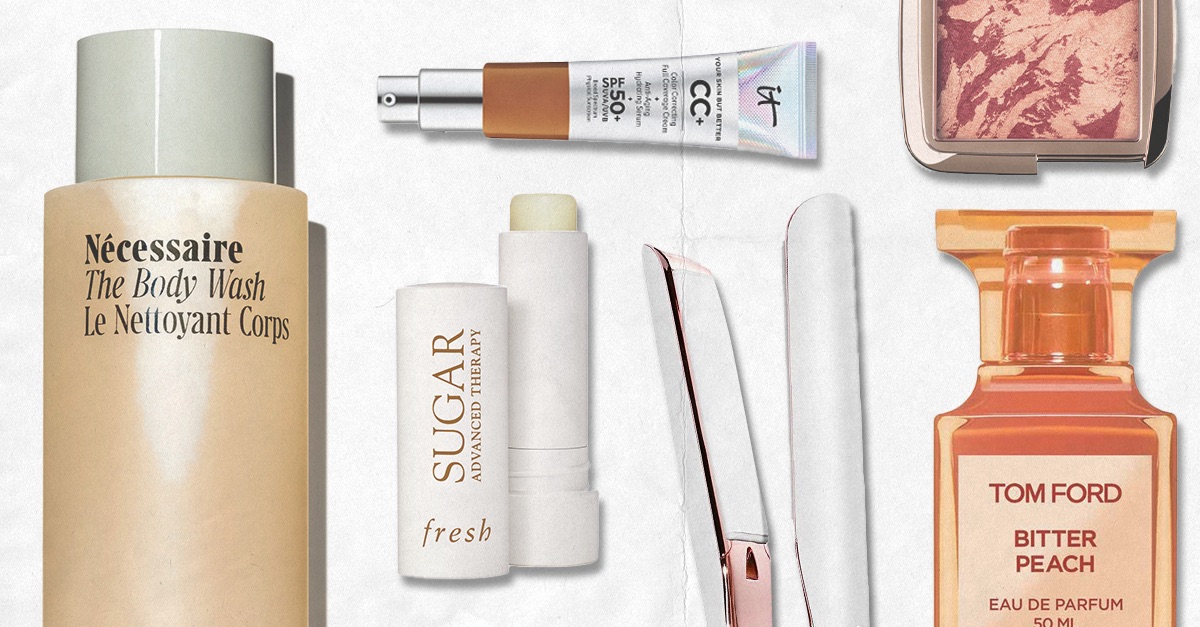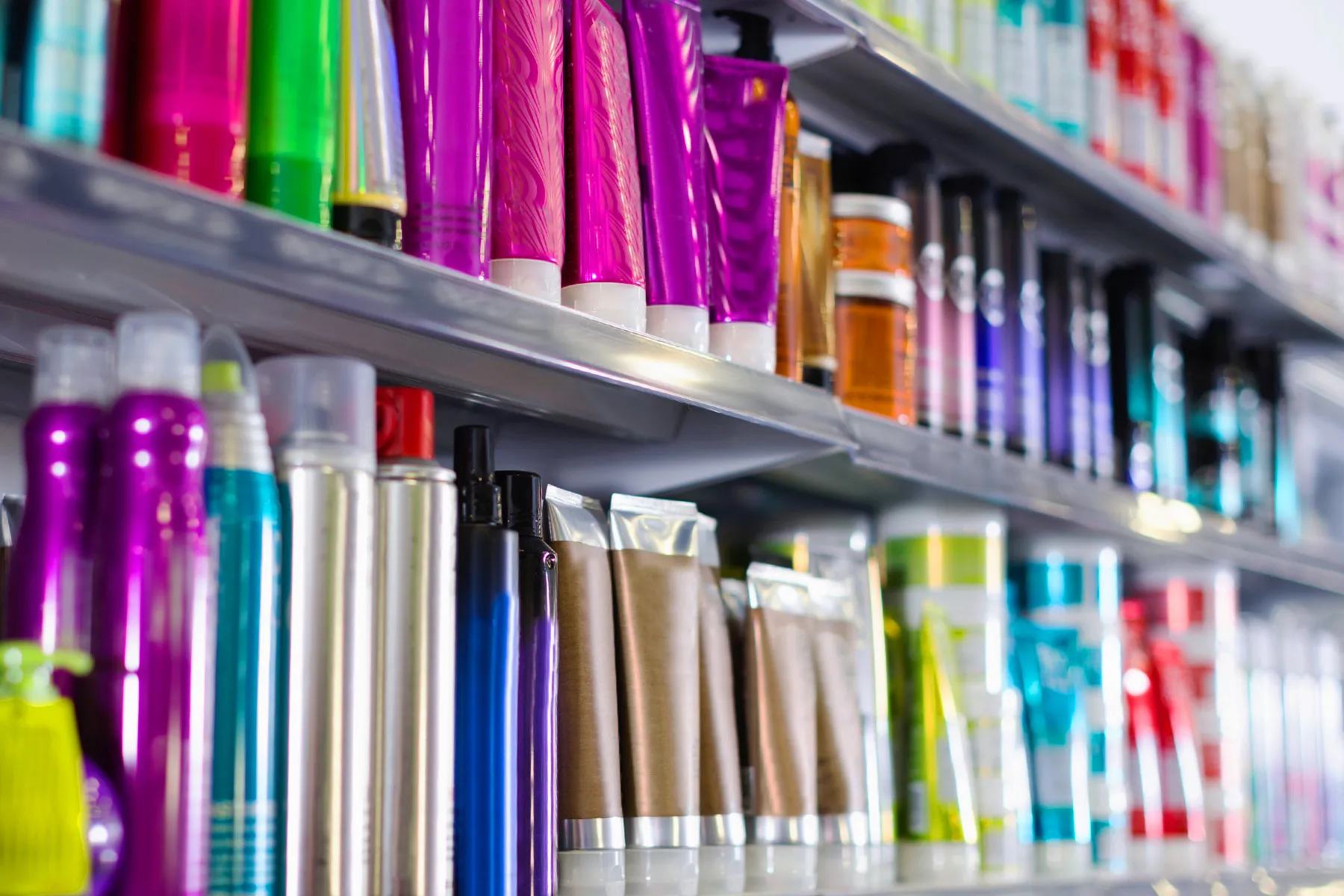I Addressed My Biggest Skincare Concern of Texture—Here's How I'm Saving My Skin
Don't make uneven skin texture an afterthought.

When it comes to skincare, knowledge is power. Now more than ever, everyone—from beauty editors and gurus to the average consumer—is seeking more information about skincare, including education around different skin types, clean product formulations, and supplements and elixirs that promote beauty from within. Whether it’s understanding which products best reduce redness caused by rosacea or how and why you should use a facial serum, we’re becoming our own beauty gurus, educating ourselves and taking the steps toward a glowing complexion. When beginning your skincare journey, your skin is often categorized as one of the following: oily and acne prone, sensitive, combination, dry, or normal. Because I’ve been in the beauty industry for several years and am a self-proclaimed skincare guru, I know my skin type in and out. My skin is the epitome of combination skin (meaning I err on the oiler side in my T-zone and am normal to dry in other areas of my face). I also know my skin is paying the price of countless hours spent in the sun. Currently, however, my uneven skin texture is my biggest skincare concern.
A subtle yet noticeable skin condition, uneven skin texture is often seen as an afterthought—it’s not as obvious as a pimple per se. There aren’t many products on the market that directly address the issue, and uneven skin texture is often a result of an amalgamation of stressors. While there’s no one-size-fits-all guide to healing uneven skin texture, I’ve been researching over the last several months to uncover the best practices for treating and preventing rough skin that actually make a drastic difference. I consulted some of my trusted sources to better understand the intricacies of uneven skin texture: Amy Peterson, licensed medical aesthetician and founder of Skincare by Amy Peterson, and Jason Emer, MD, board-certified dermatologist and founder of Emerage Skin and Cosmetics.

Below, I break down what exactly uneven skin texture means, how to prevent it, and the best remedies to help smooth varying skin textures. Keep scrolling to find out how to live a filter-free life and take your skincare concerns into your own hands.
First and foremost, let’s clarify what skin texture means and ultimately what constitutes uneven texture. According to Peterson, skin texture is often confused with skin tone. “Uneven skin texture is very different from skin tone, which deals with the pigmentation of your skin,” she says. “The two are often confused. Skin texture is the feel or smoothness of your complexion. A lot of people don’t discuss it, but it is a common problem.” Simply put, uneven skin texture refers to the skin’s surface being rough, bumpy, dull, and dry or having irregular grooves and scars. Emer adds, “Uneven texture can be due to scarring from previous acne or trauma but also from excess dead skin cells that build up on the surface and clog pores or increase oil production. When the pores are clogged, there is increased oil, or there is a build of debris, and if the skin has environmental damage like sun exposure, the skin is less hydrated. The protective barrier gets inflamed and damaged, and this leads to poor production of collagen and elastin.”
Our surroundings play a major role in our skin’s surface, as we are exposed to dirt, chemicals, pollution, and the sun, which wear on the skin over time. Peterson adds, “Rough skin texture is an issue I usually point out in a consultation that clients don’t even know they have.”

While uneven skin texture can be genetic, especially if you have hereditary acne, eczema, or rosacea that compromises your skin’s natural barrier, there are remedies to smooth the skin. Of course, there is no one universal solution, but there are multiple steps you can take in the right direction.
“If you want to improve skin texture, you must remove the dead skin cells, and there are plenty of efficient ways to do so. Exfoliating is the classic way, but don’t be too harsh in exfoliation,” Peterson says. Emer adds that the skincare products being used are a great place to start reversing the surface. “Skincare products and routines are essential to keeping the skin texture smooth, clear, and radiant. My normal protocol to keep the skin healthy, radiant, and smooth year-round is to have a daily medical-grade regimen with a vitamin C, glycolic cream in the a.m., a double cleanse (foaming and exfoliating), and a growth factor and stem cell product for barrier repair and collagen production/anti-aging as well as spot treatments for acne or brown spots if you have them.”
Important tip: Remember that the treatment stems directly from the cause of uneven texture. For example, if the cause is dead skin cell buildup, exfoliating is a great place to start. If it’s dryness, a hyaluronic serum would be a smart addition to your routine.

When it comes to uneven skin texture (trust me because I've tried everything), it comes down to three things: a strategic skincare routine, consistency, and protecting your skin from environmental stressors when you can. Ahead, discover 18 expert-approved products to use throughout your skincare regimen to improve skin texture and ultimately feel good in your own skin.


















Up next, Discover the 17 products we swear by for a healthy winter glow.
This post was previously published and has since been updated.

 Landwebs
Landwebs 
























